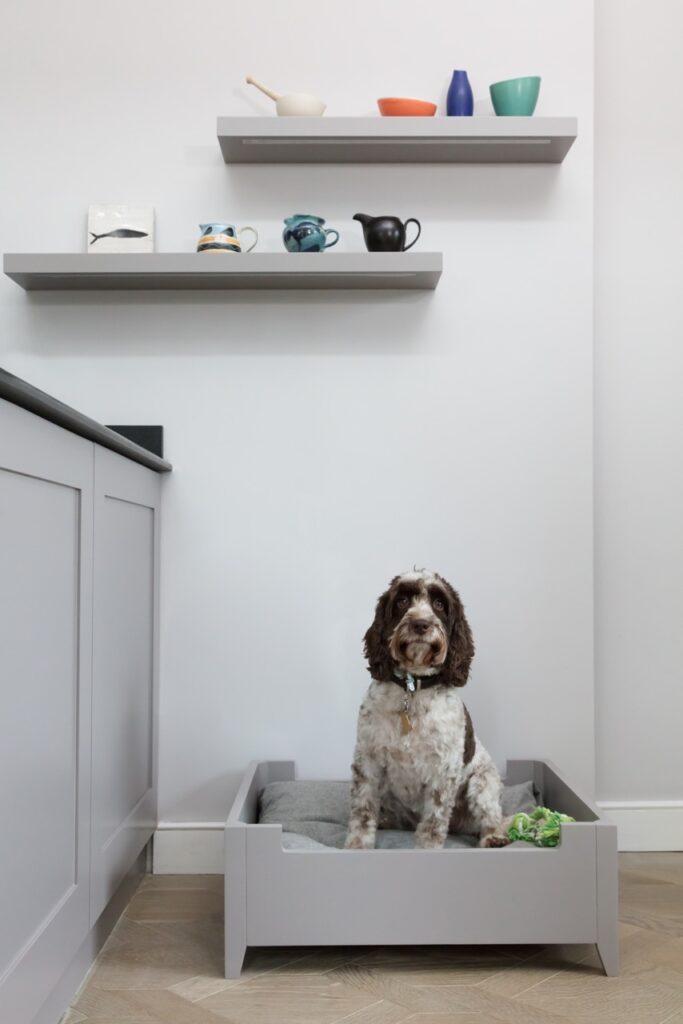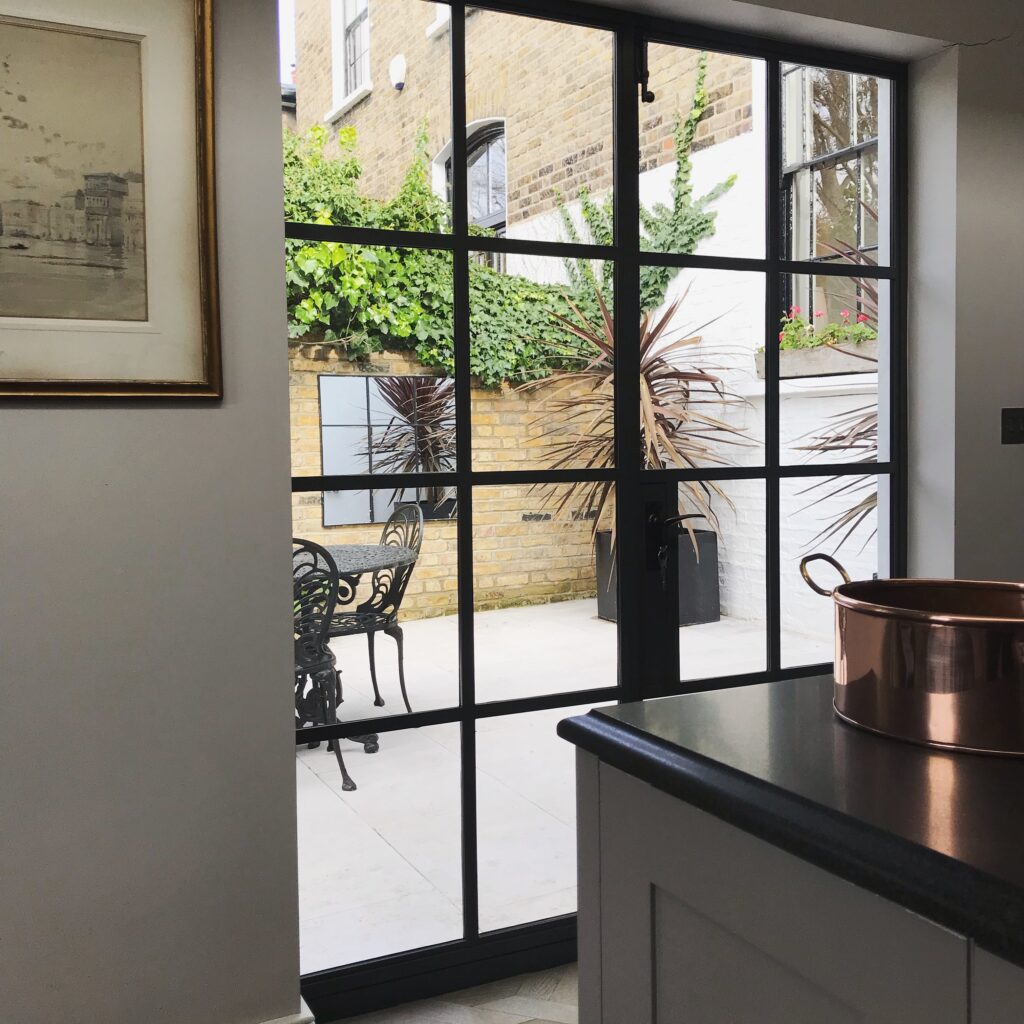Interior design is like architecture. It is one of those things you have to have, but don’t realise you need. Your house or flat will have been designed by an architect, with a good interior designer helping on layout, then the builder builds to the specification drawn up by that team.
We all have our skillsets, right? Some of us are brilliant at admin, making sure the offices run smoothly. Some at finance and working in that industry and can explain ad nauseam what a “future” is. Others can create music that has us dancing off our seats the second the first bar has been played. The list is endless.
However, these people don’t necessarily have the creativity to see a house in a completely different light. They can’t see how the house flows and how, with a bit of tweaking, it could flow even better in the future. An interior designer can.

What Does An Interior Designer Do?
Let’s be clear: a good interior designer doesn’t just throw a few cushions around, select a new sofa and a paint colour. That’s not an interior designer, that’s an interior decorator – and you don’t want this type of person to help make your home yours. All they will do is charge you a lot of money to select items and have them delivered. If their website just has glossy pictures of nice rooms and does not mention anything about building work, then ignore them.
Unlike an architect, doctor or policeman, the term ‘interior designer’ isn’t protected under law and anyone can call themselves one. There are lots of people who call themselves an interior designer because they have helped their friends choose a paint colour or piece of furniture, but the reality is they have had no formal training, would not know anything about restructuring a house, how to waterproof a bathroom, where to run electrics or AC unit piping… let alone what the building regulations say about the same.
A good interior designer that is professionally trained (like us!) does. They also have teams of people at their beck and call who can advise and make sure that building work goes to plan, complies with the complicated building regulations of today, and ensures good quality in the finished product.

Who Does An Interior Designer Collaborate With?
Good interior designers will have an architectural arm in-house, who can do accurate surveys of your house, create plans of existing and future, and submit for Planning Applications/building regulation approval if required… all to ensure that the finished design is as planned.
They will also have a good project manager in-house who can manage the works as they happen, again to ensure they are completed as required and to the correct quality. They can also manage and advise you, the client, on any variations required due to unforeseen issues – common if renovating a period property, for example. That wonderful phrase “known knowns, unknown knowns and unknown unknowns” springs to mind.
What Makes A Really Good Interior Designer?
So you may be asking… what does the actual interior designer do? Really important stuff is the answer. First of all, the designer will sit with you and discuss your wants and aspirations – but, like a therapist, they are also picking up on the small subtleties that you mention or perhaps don’t.
They will ask you about a week or so in your house, getting you to talk about how you do everything – from doing the laundry, washing the kids, preparing a meal in the kitchen, coming in the front door, what you do with coats and shoes, to how the lighting, walls and windows work in the house.
From the moment the designer arrives in your street, they are paying attention to the surroundings, they can see how you have parked your car, where you left your keys… an architect, however, tends to just see how they can add to their project portfolio!

The main principles are as follows:
1. Expertise & Experience
Good interior designers have specialised education and training in creating functional and aesthetically pleasing spaces. They understand design principles, colour theory and spatial arrangements, which allows them to create a cohesive and harmonious environment.
2. Personalised Design
They can tailor the design to reflect your personal style, needs and preferences. They consider your lifestyle, tastes and functional requirements to create a space that feels uniquely yours. This includes knocking down walls and completely rearranging the space so it flows for you.
3. Resource Access
A professional interior designer will have an architectural arm, project management and good quality trusted builders, as well as access to products, services, furnishings, paint and accessories that are not available to the general public.
4. Time & Stress Management
Most likely you don’t have the time nor skill to design a house. A good interior designer will do all of that for you. They manage the entire process, from planning to execution, allowing you to focus on other important aspects of your life or business.
5. Save Money
It may sound counterintuitive, but a good interior designer knows all the pitfalls, traps and gotchas that exist in the building trade. As such, they can help you avoid these, saving you both time and money, and ensuring that you get the best value.
6. Environment Consideration
It is your home and you have an emotional attachment to it, but a good interior designer does not. They will turn off their emotion and design the space for you, optimising it and creating the dream home you have always wanted. They will create a strategic plan that maximises the use of your environment.
7. Project Management
A good interior designer will project manage all aspects of the project, including the builders and sub-contractors. They will ensure that firm contracts are in place and manage those contracts for you, meaning you only pay for the work that has been carried out by the build teams. No money changes hands unless the work has been completed.

8. Get The Best From Your Space
There’s a focus on aesthetics, but also on functionality. They ensure that the space is practical and meets your everyday needs, whether it’s through smart storage solutions, efficient layouts or ergonomic furniture. We have mentioned taking out walls and enhancing window sizes; these are good examples. Others include ensuring the ground floor rooms flow, not only internally but into the garden as well, so the whole space is seamless.
9. Increased Property Value
A well-designed interior can significantly increase the value of your property. Whether you’re planning to sell or rent out your space, a professional design can make it more appealing to potential buyers or tenants.
So, there you have it, you now know what to look for when choosing an interior designer. If their website is just a ‘wow’ picture and a bit of text, steer well clear. If they show lots of examples of their transformations and talk about their interior design process, then you know they have experience.
When you call them, ask about their projects, ask about how they design and manage an extension for a new kitchen or bathroom, then get them to show you photos of work in progress. Do they have references they can provide?
If you have a project in mind, or just want to chat and get to know us better, please feel free to drop us a line at info@londoncontemporary.com and we will be happy to discuss how we work, your project and what we can do to help you.
Have you thought that your dream home may not even be built yet? That’s also something we can do. Simply get in touch.